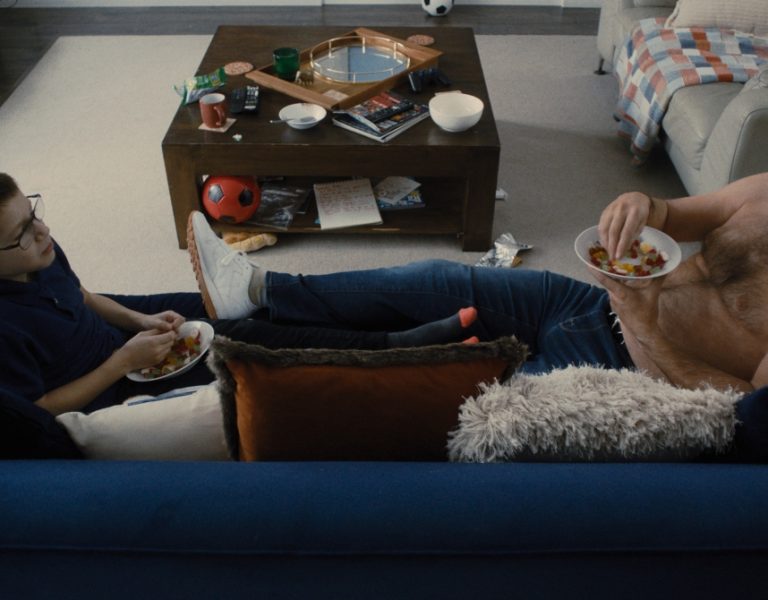Inside job
Director Flora Lopategui and DP Dominic Howlett bring creativity to a three-day music video project, featuring a prison setting, using limited resources for a compelling visual narrative.
In the realm of music videos, artists transcend the visual medium, delving into potent symbolism to craft intricate narratives that elevate their songs to cinematic heights. Beyoncé’s profound exploration of love in Lemonade, Lady Gaga’s avant-garde expression of desire in Bad Romance, and Radiohead’s poignant commentary on the refugee crisis and Islamophobia in the stop-motion video for Burn the Witch showcase the power of symbolism as a transformative tool. In line with this tradition, Swiss artist Stéphane immerses herself in a powerful symbol of relationship challenges in her upcoming album, “La Prison Des Amoureuses Malheureuses” (The Prison of Unhappy Lovers). Trapped in a tumultuous love triangle, she navigates a prison for the broken-hearted, entangled in a clandestine affair with her lawyer/lover behind bars.
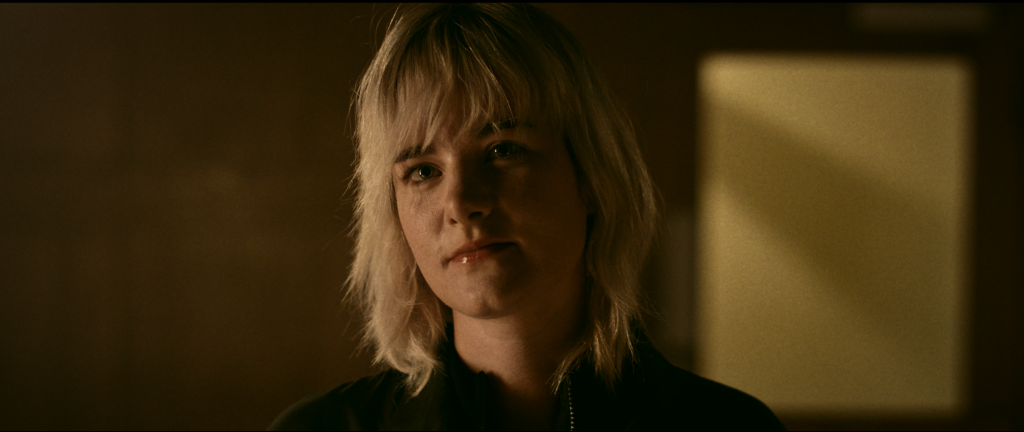
Crafted in collaboration with Window Zebra Media, the visual narrative boldly transcends conventional boundaries, portraying a poignant journey from heartache to self-discovery. Director Flora Lopategui, known for impactful short films, drew inspiration from her award-winning Olive (2021), a comedy exploring the highs and lows of modern dating.
“I feel like I’m starting a trend throughout my work of quirky styling and lots of colour,” she says. “This gets me into trouble in the grading room, when I then say, ‘let’s add some grunge to it’, but who said that reds and greens can’t do grunge? I also think that this shoot required me to draw from my experience working on sets generally. We didn’t have the luxury of time, and so making a mistake was a no-go. A tight schedule paired with a large crew, various interweaving narratives, and a lot of choreographed pieces, meant at certain stressful points, I had to go on autopilot and trust my muscle memory while on set.”
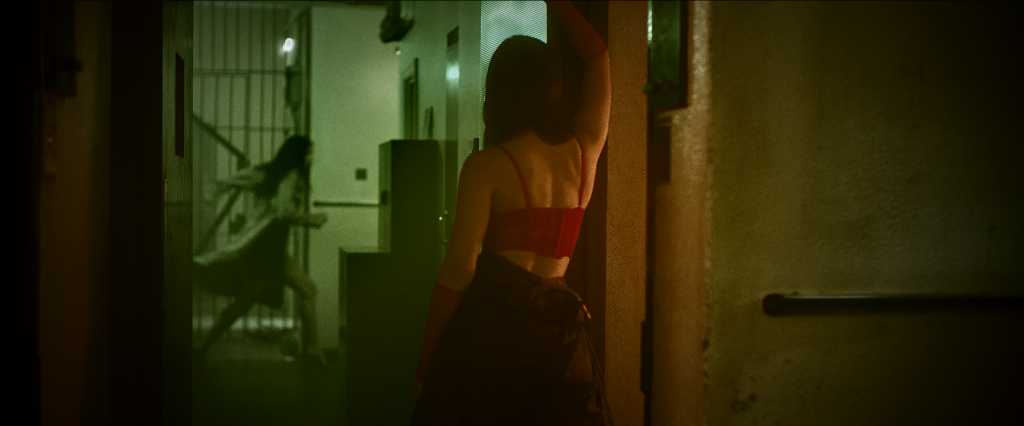
That said, Lopategui “did operate differently” to how she usually does, while shooting one of the music videos. “Like most directors, I block out my scenes in full during rehearsals and again on location, although, if I have a long scene, with a lot of choreography, when filming I will divide it into sections,” she continues. “However, for this video, we shot it entirely in one room, with a lot of extras and moving parts. I found that blocking out the entire music video as one and multi-camming it with several roaming cameras worked best. Now, don’t get me wrong, it can be messy, but also highly effective when you’re a small crew with a lot to get done and without the budget of a Nolan film.”
Director of photography Dominic Howlett selected the RED Komodo X as the A-camera, with additional coverage from a RED Epic as the B-camera where needed. For lenses the team opted for a set of Canon CN-Es as they are lightweight and provide a clean crisp image. “As this project involved filming three music videos over three consecutive days, we knew that we would need the flexibility to move quickly between a handheld workflow and a gimbal setup,” he explains. “The RED Komodo X’s small form factor allowed us to move efficiently between setups, while still giving us an incredible image and maximum flexibility in post. Similarly, the lenses were also lightweight and easy to balance quickly on the gimbal.”
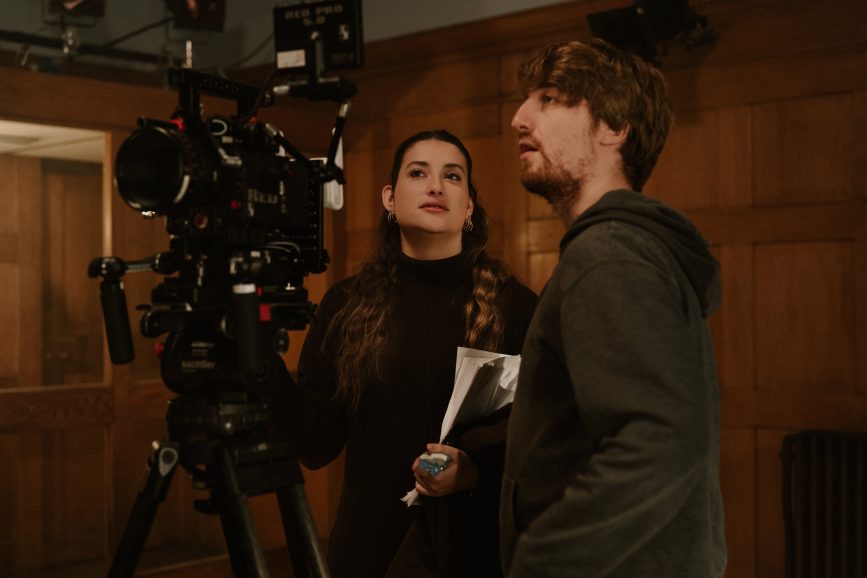
Creating energy
Howlett says the music videos ‘walk the line between several different styles and genres’ – as a result, the team needed a range of different lighting fixtures to bring these ideas to life. “For example, we opened the first music video, ‘Ma Chérie’, with a ‘horror’ look that was built predominantly using Astera Titan tubes as practical fixtures but by the end of the video we had entered a ‘musical’ look, that was built using tungsten par can lights,” he adds. “I particularly enjoyed building the ‘musical’ scenes as they were paying homage to some of my favourite films including Rob Marshall’s Chicago and Nine. I worked closely with Flora and gaffer Chris Hosker to build out these styles, so each genre had a distinct look and feel.”
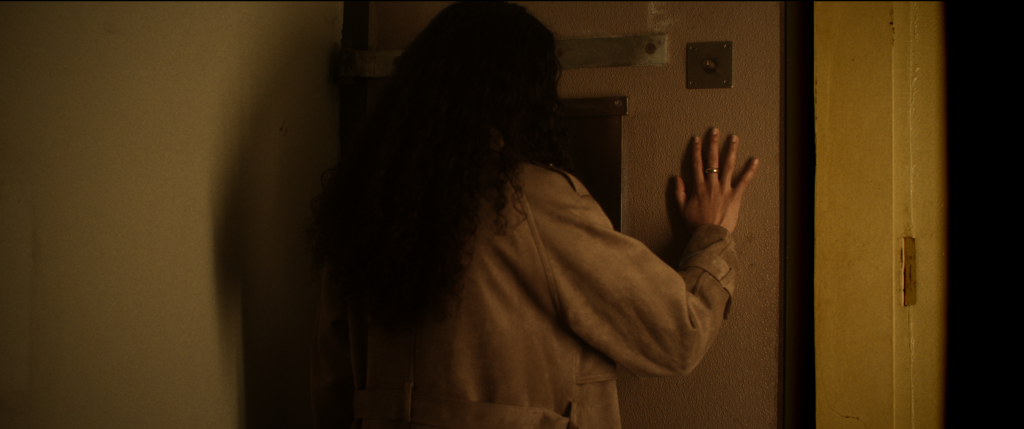
The video was shot at the permanently closed Greenwich Magistrates’ Court, owing to the fact the team needed a diverse location that could act as a prison cell, courtroom, and prison courtyard. As the building had been vacant for several years, there was no power or running water, which led to obvious challenges. “This meant that we had to work closely with the building owners and the producers to ensure that we were able to run the production in a safe and time efficient way,” Howlett explains. “The lack of electricity was my biggest challenge to overcome on this location as it meant that we had to run power from different generators to several areas of the building. More importantly, we needed to design this power distribution system in a way that would ensure we were able to pack up and leave the location within the two hours assigned for the get-out. The time constraints also meant that we needed to have two lighting crews always working simultaneously: one crew to be on hand to assist with the filming and another to build and strike each area of the prison as we moved from room to room. This two-crew setup meant that we would film and rig for the next scene at the same time.”
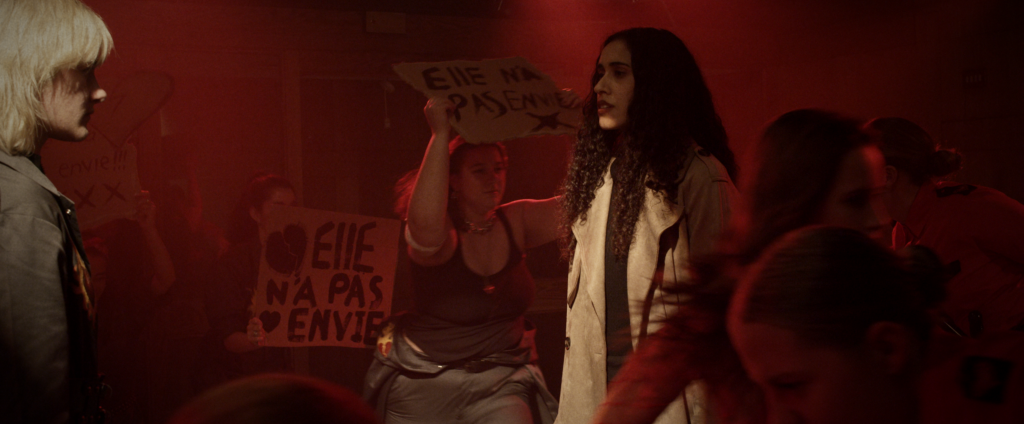
Finishing touches
VFX was used not for hyperbole, but as a means of cleaning up the wires from the lighting fixtures. This was particularly useful during the ‘musical’ section of the video where the par can lights were drilled into the side of the wall and the wires mounted to the celling. “As we had such limited time for each setup, VFX clean up gave us the freedom to work quickly as we knew we would be able to fix these elements in post,” Howlett adds. “As we were filming each section, we made sure we filmed a clean plate to aid with the post process. We also knew that all of the post-production would be handled in-house at Window Zebra, so we were able to communicate with the all departments regularly throughout the shoot to ensure we captured everything we needed.”
Lopategui says the biggest learning curve on this project was making sure that all three music videos were able to stand alone by themselves, as well as being able to weave into each other. “The continuity job was big, from the script, choreography to the lighting and camera movements, it was a big job for three days,” she adds. “We wanted each video to have its own flair. For example, the first video was inspired by Chicago’s “Cell Block Tango”, while the second was big on comedic gags and big outfits. Linking those two together was a challenge but also so much fun. We just had to do a lot of pre-planning to make sure that we knew exactly what we wanted, draw the storyboard up and look at it every which way so that the plan was solid.”
The music video for La Prison Des Amoureuses Malheureuses will be released on Vevo and Stéphane’s YouTube channel on 28 February.








